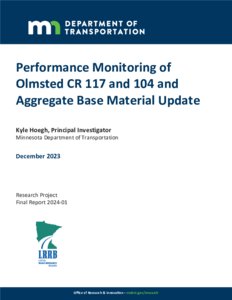Displaying results 1 - 10 of 10
Freeze-Thaw Durability of High-Strength Concrete
Date Created
1997-12
Report Number
1998-10
Description
Effect of Warmer Minnesota Winters on Freeze-Thaw Cycles
Date Created
2022
Report Number
2022-04
Description










